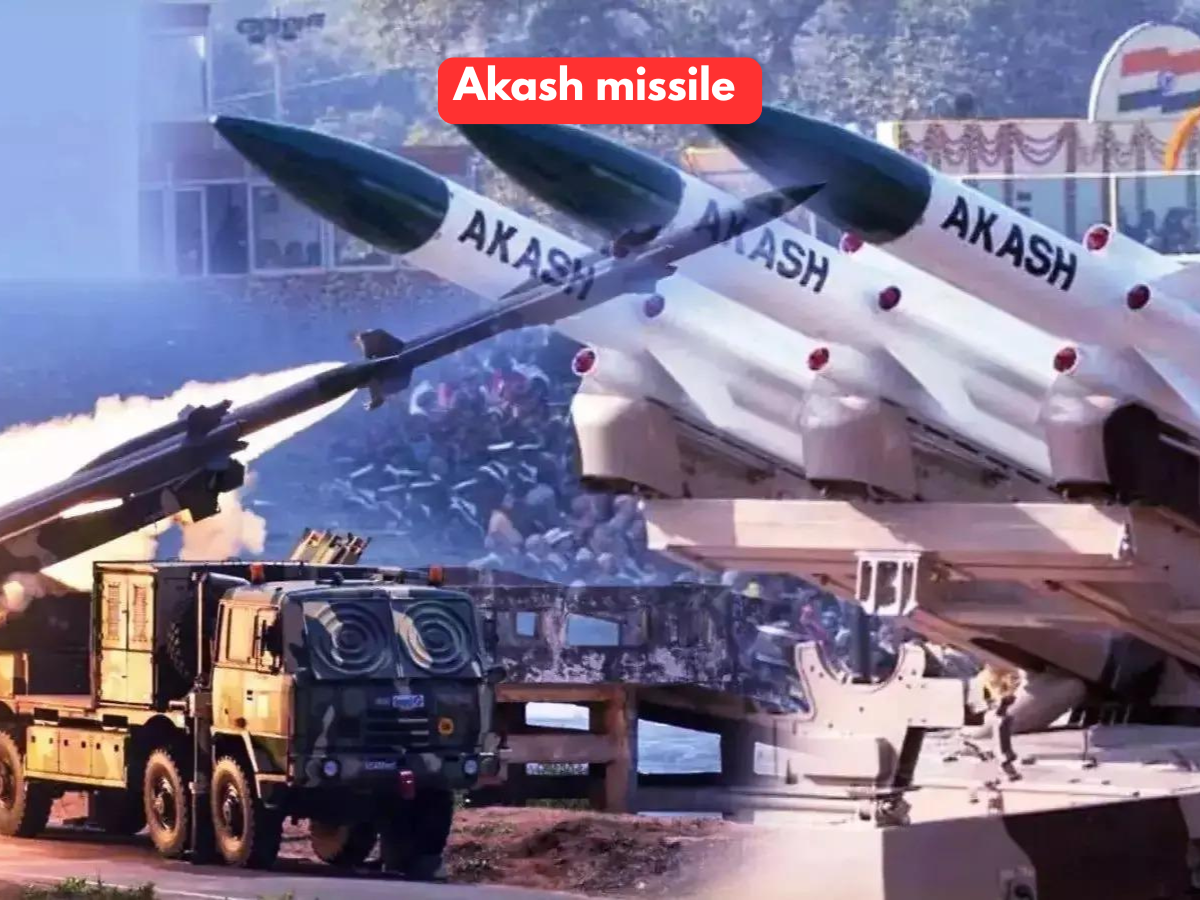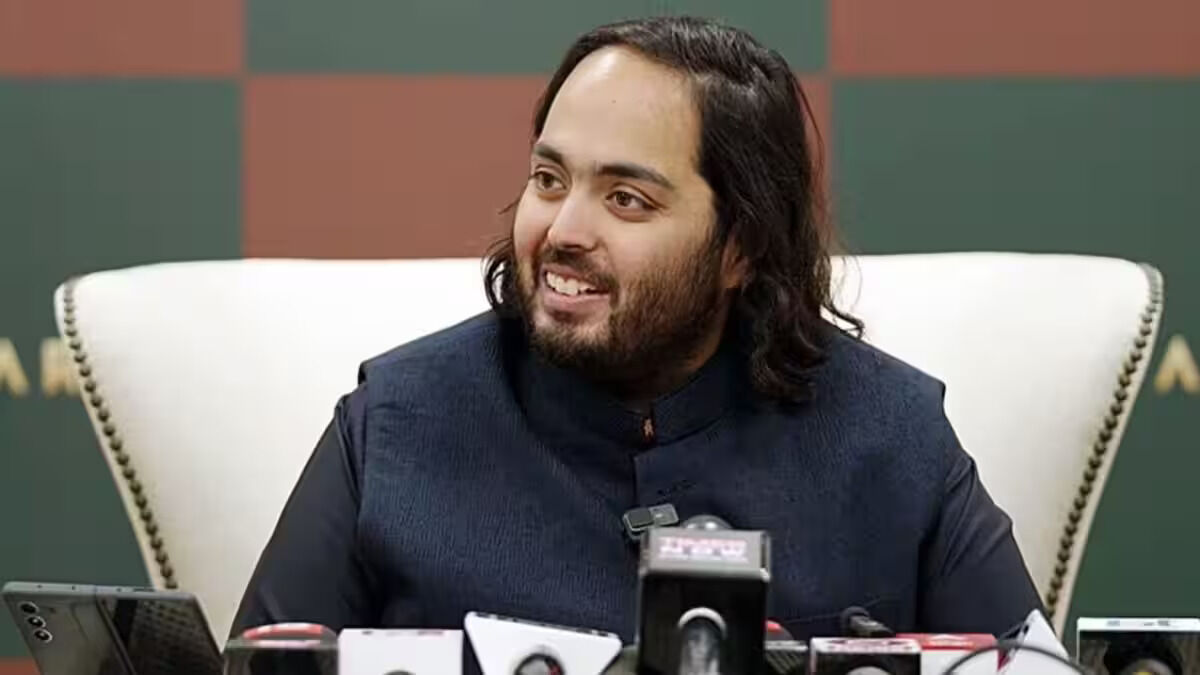
As the four-day conflict between India and Pakistan came to an end, one Indian-made weapon stood out, Akash, the country’s very own missile defence system.It proved its strength in real combat, successfully stopping enemy drones and missiles when it mattered most.
For Prahlada Ramarao, the man who once led the Akash missile project under the guidance of Dr APJ Abdul Kalam, “it felt like watching my child take its first steps, except this child stopped enemy missiles.”
“This is the happiest day of my life. It means more to me than my Padma Shri award,” he told TOI.
The Akash project began in 1994 with a budget of Rs 300 crore. It took 15 years, over 1,000 scientists, and teamwork across defence labs in India to turn the dream into reality. On the night of 8–9 May, Akash successfully intercepted multiple enemy targets near the western border, showing the world that it was ready for real combat.
On the night of 8–9 May, Akash successfully intercepted multiple enemy targets near the western border, showing the world that it was ready for real combat.
Ramarao was chosen by Dr Kalam at the age of 35 to lead the Akash programme. His journey with the missile was long and full of challenges.
“We failed many times. But every failure taught us something new,” he said.
A major breakthrough was the development of the Rajendra radar, which allows Akash to track and shoot down targets from any direction, in real time.
The Indian Air Force (IAF) currently has 15 Akash squadrons, while the Indian Army has four regiments, and more are being added.India’s success in missile technology has also attracted attention from other countries. In 2022, Armenia became the first foreign buyer of Akash, signing a Rs 6,000 crore deal for 15 systems. The first delivery happened last year, helping India gain respect as a rising defence exporter.
For Prahlada Ramarao, the man who once led the Akash missile project under the guidance of Dr APJ Abdul Kalam, “it felt like watching my child take its first steps, except this child stopped enemy missiles.”
“This is the happiest day of my life. It means more to me than my Padma Shri award,” he told TOI.
The Akash project began in 1994 with a budget of Rs 300 crore. It took 15 years, over 1,000 scientists, and teamwork across defence labs in India to turn the dream into reality.

Ramarao was chosen by Dr Kalam at the age of 35 to lead the Akash programme. His journey with the missile was long and full of challenges.
“We failed many times. But every failure taught us something new,” he said.
A major breakthrough was the development of the Rajendra radar, which allows Akash to track and shoot down targets from any direction, in real time.
Today, Akash is a key part of India’s Atmanirbhar Bharat (self-reliant India) dream.
Ramarao proudly said, “No other country has built such a powerful missile defence system at such a low cost, just Rs 500 crore.”
Akash can spot a missile from 70 km away and destroy it at 30 km.
India’s top military officials praised Akash after its battlefield success. Air Marshal AK Bharti said that India’s defence systems, including Akash and the Russian-made S-400 Triumf, acted like a strong wall and protected the country from enemy attacks.
Since its first induction in 2009, Akash has grown into a family of advanced systems, including:The Indian Air Force (IAF) currently has 15 Akash squadrons, while the Indian Army has four regiments, and more are being added.India’s success in missile technology has also attracted attention from other countries. In 2022, Armenia became the first foreign buyer of Akash, signing a Rs 6,000 crore deal for 15 systems. The first delivery happened last year, helping India gain respect as a rising defence exporter.
Inputs from TOI









